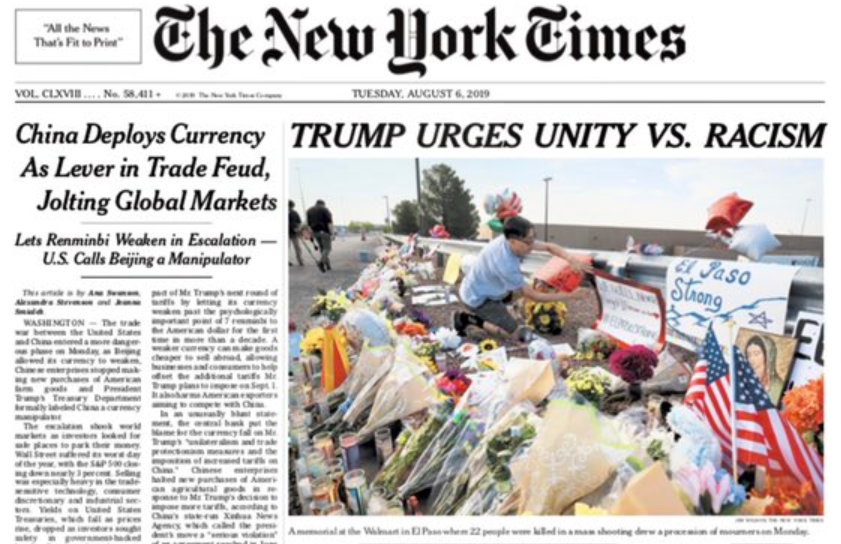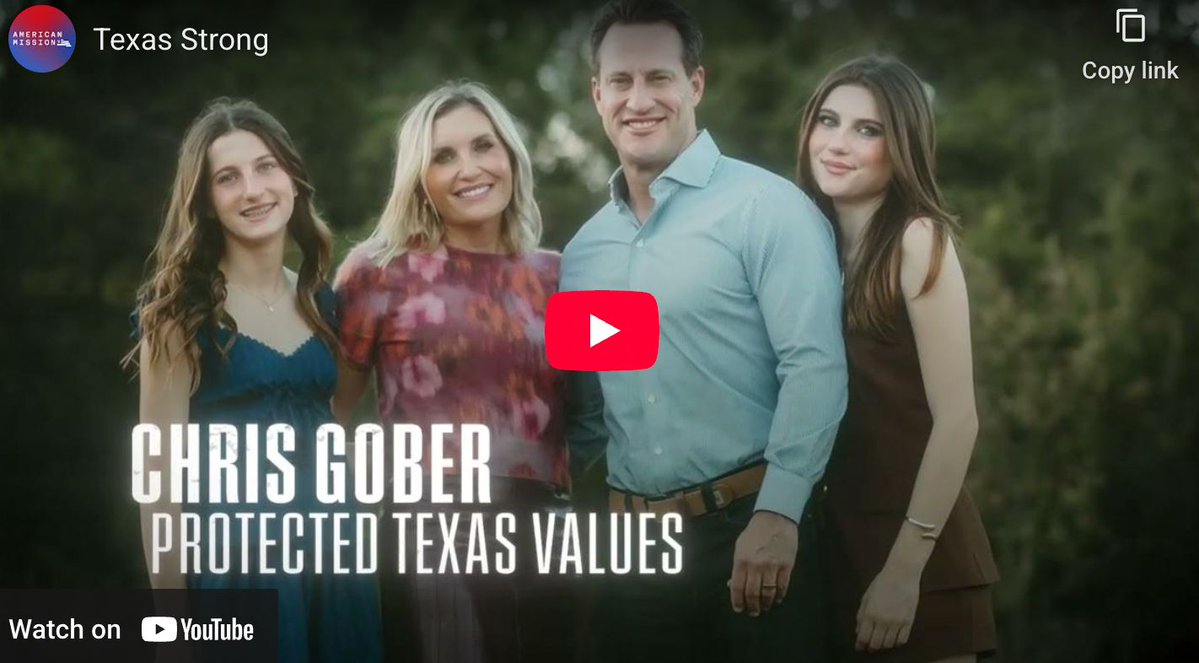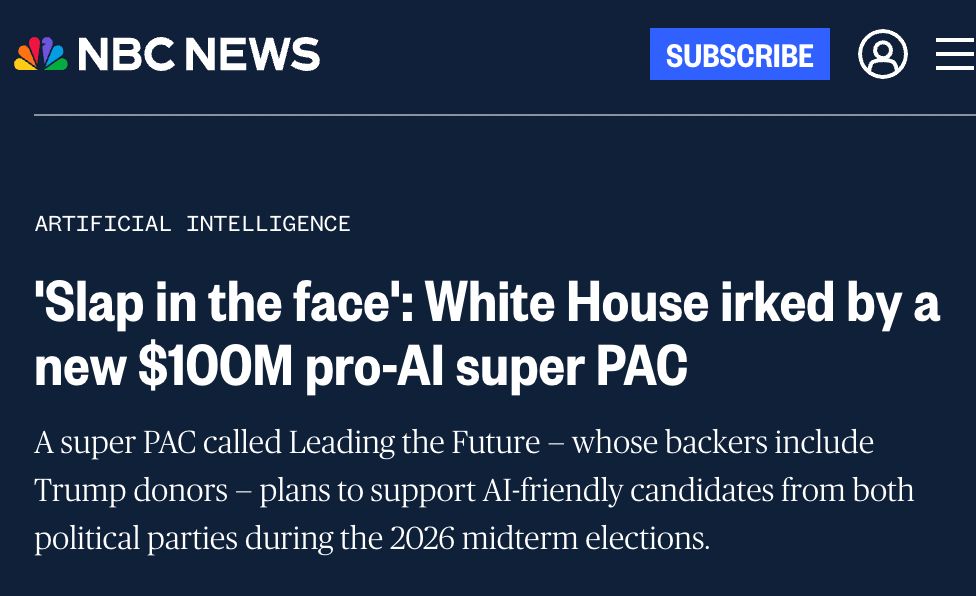2. Google and Facebook are destroying the journalism industry. The legacy publications that have survived are under pressure to appeal to the widest possible audience.
When the NYT plays "both sides," it's not about journalism. It's about the business model.
When the NYT plays "both sides," it's not about journalism. It's about the business model.
3. The NYT does some amazing journalism but, in a lot of cases, it's poorly positioned to challenge people in power. It needs ACCESS to powerful people for its reporting. And it needs to be a comfortable place for powerful corporations to advertise.
4. The NYT times is happy to suck up your anti-Trump dollars with these "truth" t-shirts. But, as any Times reporter will tell you, they do not oppose Trump. It's a scam perpetrated by their marketing department. 

5. Unfortunately, journalism that is aligned with power, rather than opposed to it, is becoming the norm. Local independent outlets are being bought up by huge corporations. Coverage is being neutered and homogenized.
usatoday.com/story/money/20…
usatoday.com/story/money/20…
6. If you are looking for an alternative model that is focused on taking on power, check out my newsletter, Popular Information. Our scoops come from primary source documents and ordinary people.
No ads, no wealthy donors, no BS.
You can subscribe at popular.info
No ads, no wealthy donors, no BS.
You can subscribe at popular.info
• • •
Missing some Tweet in this thread? You can try to
force a refresh










